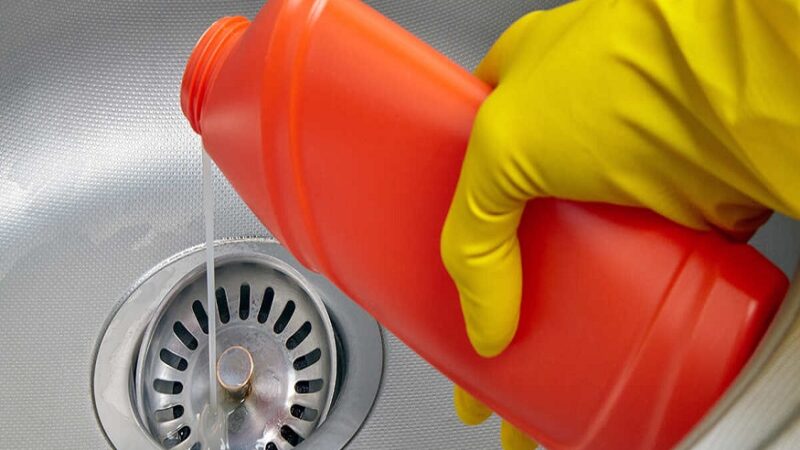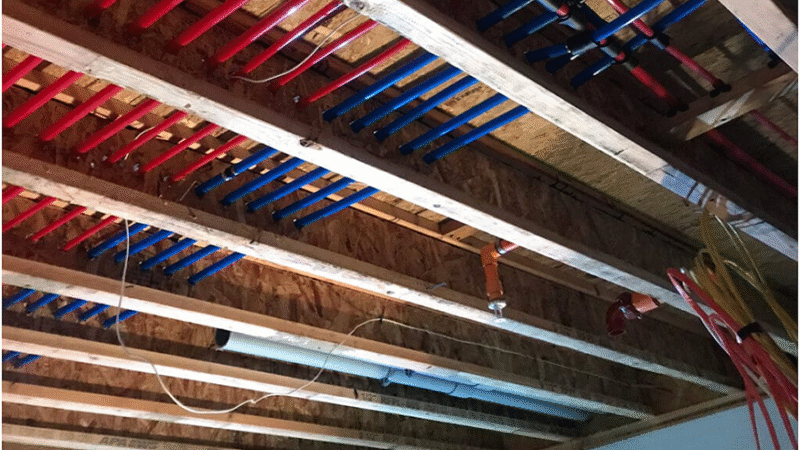Cleaning Bathroom Tile Grout: What You Need to Know

Bathroom grouts are considered to be one of the dirtiest areas and hardest to clean spots in your bathroom. If you have light coloured tiles and tile grouts, dirt, soap, and mildew accumulated in these spots are very obvious and can give a dent on the whole aesthetics of your bathroom. Regularly cleaning these areas helps you prevent dirt and mould accumulation in these areas from getting out of hand.
Such bathroom issues do not require emergency plumbing, but should be treated as seriously as any plumbing emergency. If you are planning to sell your house, dirty bathroom grouts can lead to poor looking bathrooms and may lower the value of your homes. On top of this, a clean, dirt and mildew-free bathroom is always appealing to the eye, not to mention safe and sanitary for the household.
Keep your bathroom grouts clean and shiny by following these tips.
Keep Your Tiles Clean
To keep your bathroom grouts clean, you should also take time to clean your tiles as much as possible. Most bathroom tiles are made of porcelain and ceramic. Diluted vinegar would be the most common DIY solution that you can use to clean your tiles and your tile grout. A stronger solution can potentially damage your grout or worst, your tiles. If you are going to use this solution, it would be ideal to add more water to dilute your vinegar. A water and dish soap mixture is also ideal especially for grouts that are not that dirty.
Use the Hot Water Steam Technique
Surface dirt and other debris can be harder to remove, especially if you do not clean your bathroom tiles that often. Spray your tiles and tile grouts with a mixture of water and soap and wait a few minutes. Crank hot water for five minutes inside your bathroom area to allow steam to build up. The hotter your water is, the better. Steam the area for more than 20 minutes. You’ll notice that the tiles and the bathroom grouts are easier to wipe and clean afterwards.
Scrubbing the Grout Lines
Clean grout lines can be hard to achieve especially in larger households. If your bathrooms are frequently in use, it would be hard to regularly clean and maintain them. These promote soap, dirt, mineral and other build ups in between your tiles. Although most modern tile grouts are stain resistant, they are still prone to buildup and can look nasty if left unnoticed. To remove stains, use a small brush, or a grout brush to lift grime and dirt on your grout line surfaces. A steam cleaner would also be helpful to lift stubborn dirt from your grout lines.
KIll Moulds
Hot and humid bathrooms are more susceptible to dirt buildup. They are also at risk for mould spore buildup. If possible, take time to see if air circulation can be improved in these areas of your home. Open windows from time to time or run a fan on your bathroom after showers to lower the room’s humidity and keep it dry. Chemical cleaners like bleach should be used from time to time to clean your bathroom tiles, especially for bathrooms that do not have a lot of air circulation going on.
Although there are plenty of modern chemicals that are safe to use for your bathroom grout lines, regular maintenance and cleaning of your bathroom tiles would be your best defence against slime and grime buildup in your bathroom grout tiles. Although it may seem time-consuming to regularly clean your bathroom tiles, the effort would definitely pay-off in the long run.






